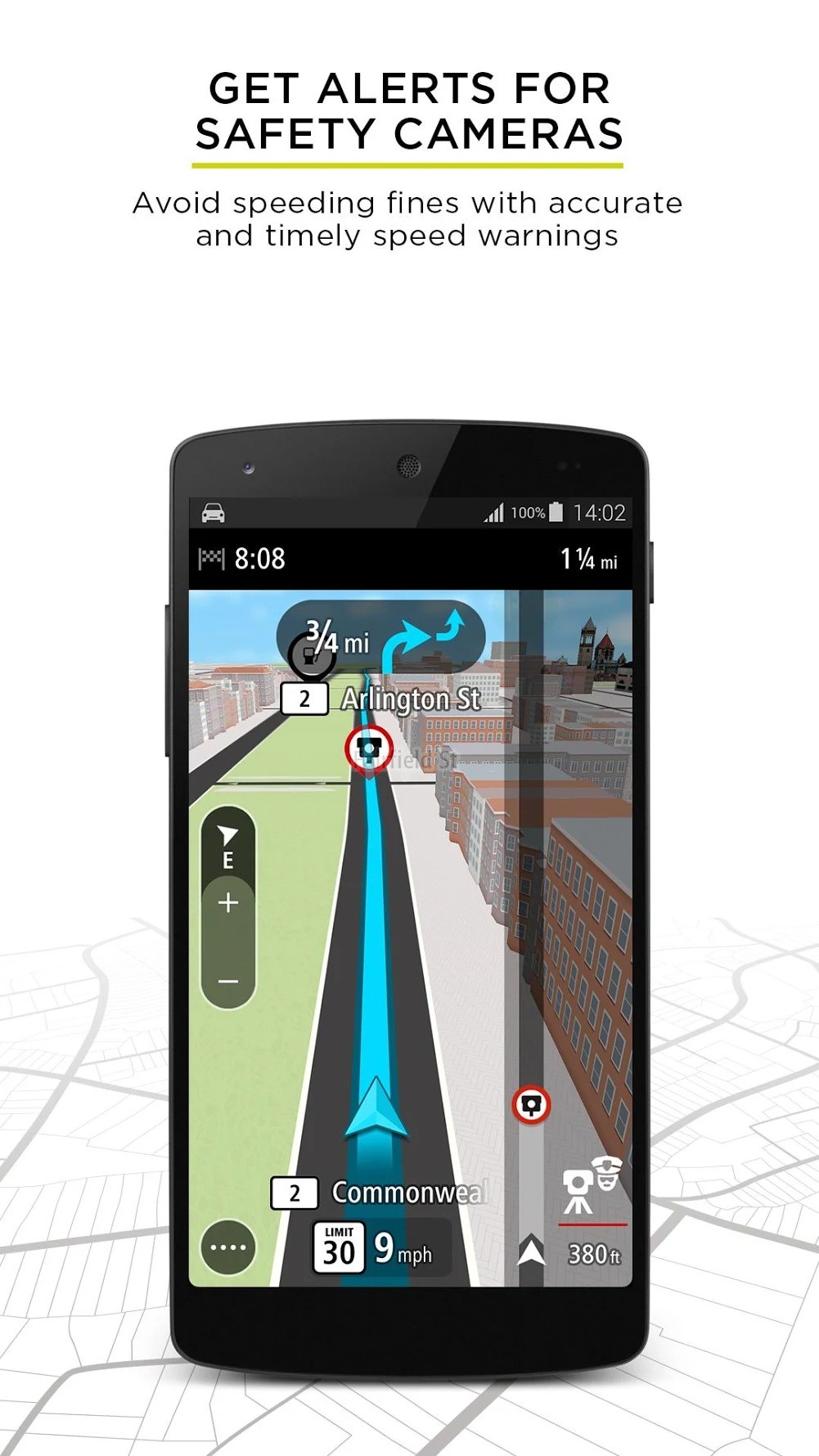

These units initially sold for approximately US$2,900 each. unveiled its Magellan NAV 1000, the world's first commercial handheld GPS receiver.

The Macrometer Interferometric Surveyor was the first commercial GNSS-based system for performing geodetic measurements. This new availability of the US military GPS system for civilian use required a certain technical collaboration with the private sector for some time, before it could become a commercial reality. However, civilian use was initially only a slightly degraded " Selective Availability" positioning signal. In 1983, in the wake of the tragedy of the downing of Korean Air Lines Flight 007, an aircraft which was shot down while in Soviet airspace due to a navigational error, President Ronald Reagan made the navigation capabilities of the existing military GPS system available for dual civilian use. In 1973, the US military began to plan for a comprehensive worldwide navigational system which eventually became known as the GPS (Global Positioning System).Ī 1993 Magellan Trailblazer XL GPS Handheld Receiver Between 19, as the benefits were shown, the US military consistently improved and refined its satellite navigation technology and satellite system. The US Navy in the mid-1960s conducted an experiment to track a submarine with missiles with six satellites and orbiting poles and was able to observe satellite changes. In 1960, the US Navy put into service its Transit satellite-based navigation system to aid in naval navigation. In contrast, the European Galileo was conceived as purely civilian.

The multibillion-dollar expense of the US and Russian programs was initially justified by military interest.
#TOMTOM HOME 2 DOES NOT RECOGNIZE MY DEVICE SOFTWARE#
Vehicle navigation on a personal navigation assistant Garmin eTrex10 edition handheldĪ satellite navigation device, satnav device or satellite navigation receiver is a user equipment that uses one or more of several global navigation satellite systems (GNSS) to calculate the device's geographical position and provide navigational advice.ĭepending on the software used, the satnav device may display the position on a map, as geographic coordinates, or may offer routing directions.Īs of 2023, four GNSS systems are operational: the original United States' Global Positioning System (GPS), the European Union's Galileo, Russia's GLONASS, and China's BeiDou Navigation Satellite System. For navigation provided by a GPS, see Turn-by-turn navigation.


 0 kommentar(er)
0 kommentar(er)
